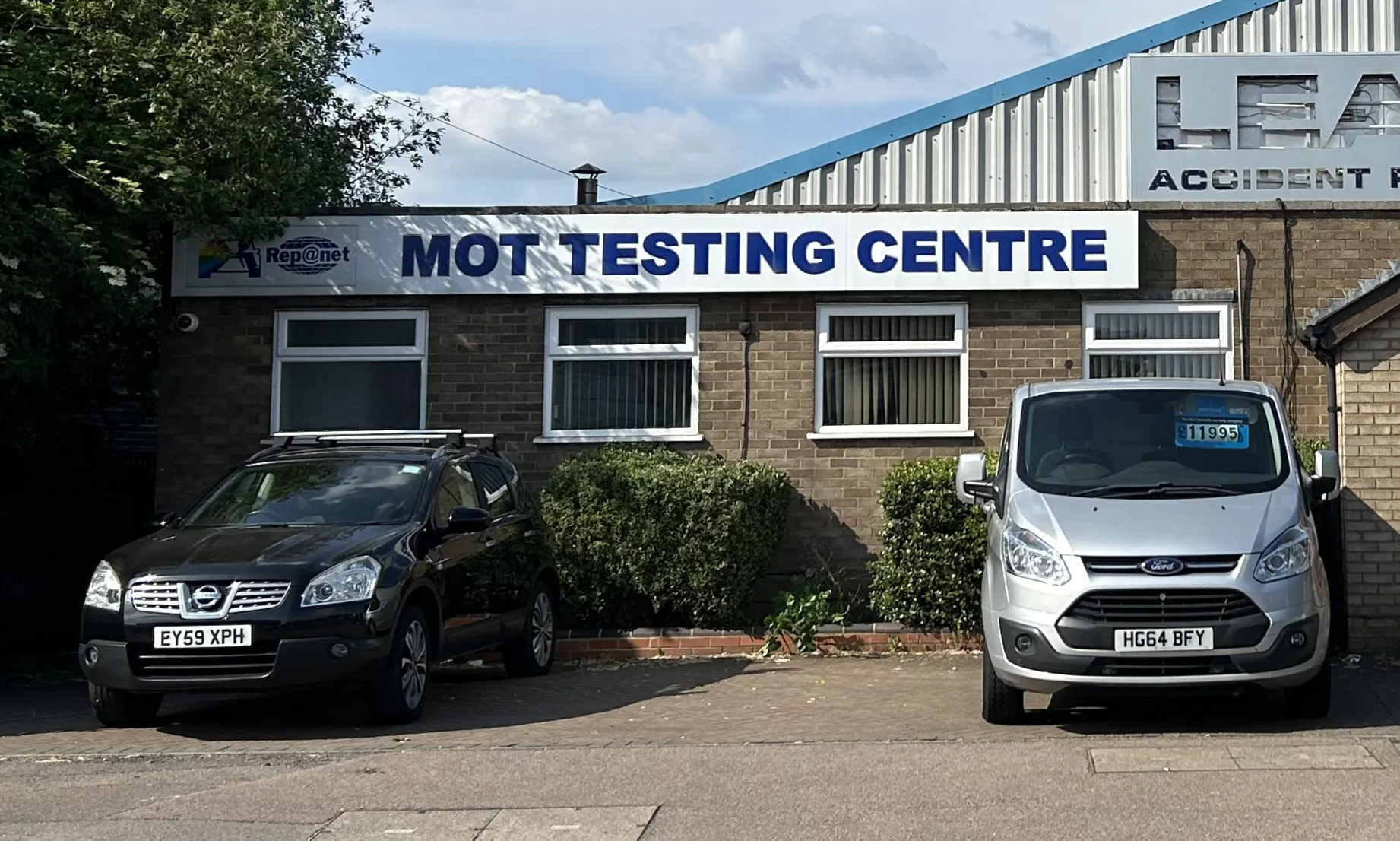
MOT Certificate
If your vehicle passes the test, you will receive a pass certificate. If the vehicle fails to meet the required standard, an MOT certificate will not be issued and you will receive a failure sheet identifying defects, that need to be rectified for an MOT certificate to be issued.What happen if you don’t get your annual MOT?
It is the responsibility of the driver/owner of the vehicle to ensure that the vehicle has a valid MOT certificate in place. If the MOT has expired, it is an offence to drive or park the vehicle on a public highway, and if the police or VOSA identify this, they can inflict a fine of up to £1,000!
Don’t run this risk, book an MOT Test today with one of our MOTRIO Service Centres.
During your appointment, a friendly DVSA-accredited MOT tester will ensure that your vehicle is road-worthy and meets all safety and environmental standards.
The MOT test, or Ministry of Transport test, is an essential part of vehicle ownership in the UK, ensuring that all the UK registered vehicles are safe and meet the necessary environmental requirements.
A well-maintained vehicle is essential for safety, and one of the key ways to ensure this is through the regular MOT test.
Importance of a MOT Test
The MOT test is a legally required inspection in the UK, aimed at maintaining road safety and reducing accidents caused by vehicle defects as much as possible.
During an MOT test, all potential issues with components such as brakes, lights, steering, and suspension are checked to ensure complete safety when you drive.
Being a legal requirement in the UK means that if you drive without an MOT test certificate, it may result in a fine, penalty, or even your vehicle being impounded. Additionally, without an MOT test certificate, it is often impossible to obtain vehicle insurance.
How to check your MOT Test status
If you buy a new car, the MOT test should be done by its third year of registration and then annually after that.
The first thing to do when checking your MOT test status is to take note of your vehicle registration number and the last 11 digits of your vehicle’s V5C logbook. The V5C logbook is the vehicle registration document issued by the Driver and Vehicle Licensing Agency (DVLA) in the UK.
Once you have gathered all the necessary information, you can check the status of the MOT test using the online tool provided by the UK government. After completing the questionnaire, you will be able to see your MOT test history, including its expiry date and the date of your current certification, if you have one.
Where to get the MOT Test Certificate
To have your car tested for an MOT inspection, you will need to visit an authorized MOT centre. These locations, such as the Motrio service centres, are regulated and approved by the DVSA and are fully equipped to carry out the inspection and issue the MOT test certificate.
Once your car passes the test, you will instantly receive an MOT test certificate as proof of your vehicle's safety and current condition. This document will be required in case of accidents, when obtaining or renewing insurance, and when selling the vehicle.
MOT Test Checklist
To prepare for the MOT test, it's useful to be aware of the key areas that will be inspected and have an MOT test checklist to consult if needed:
· Brakes: The brakes are one of the most important parts of your car. The MOT test will check their condition and functionality, including the brake pads and handbrake.
· Lights: During an MOT test, all lights must be working correctly and will be checked. The test also checks the alignment of the headlights to ensure they are not dangerous to other drivers.
· Tyres and Wheels: The condition and tyre depth are checked, ensuring that your tyres have a minimum tread depth of 1.6mm and are free of cuts or any other damage.
· Suspension and Steering: The wear and tear of the suspension and steering systems are checked, including components such as shock absorbers, to ensure the steering is responsive.
· Exhaust and Emissions: The exhaust system must be free from leaks, and the vehicle must meet environmental standards to pass the MOT test.
· Bodywork: The structure of the vehicle is checked for any signs of damage or corrosion.
What to do if your Vehicle Fails the MOT Test
If your car does not pass the MOT test, you will be given a VT30 certificate, which details all the reasons why your car has failed the test. To be able to drive your vehicle legally, you will need to fix all of these issues.
Depending on the severity of the issues, you may be allowed to drive your car from one place to a repair shop or to another MOT test centre. If your vehicle fails the MOT test or if your certificate has expired, it is illegal to drive the vehicle anywhere except to a pre-booked repair or test.